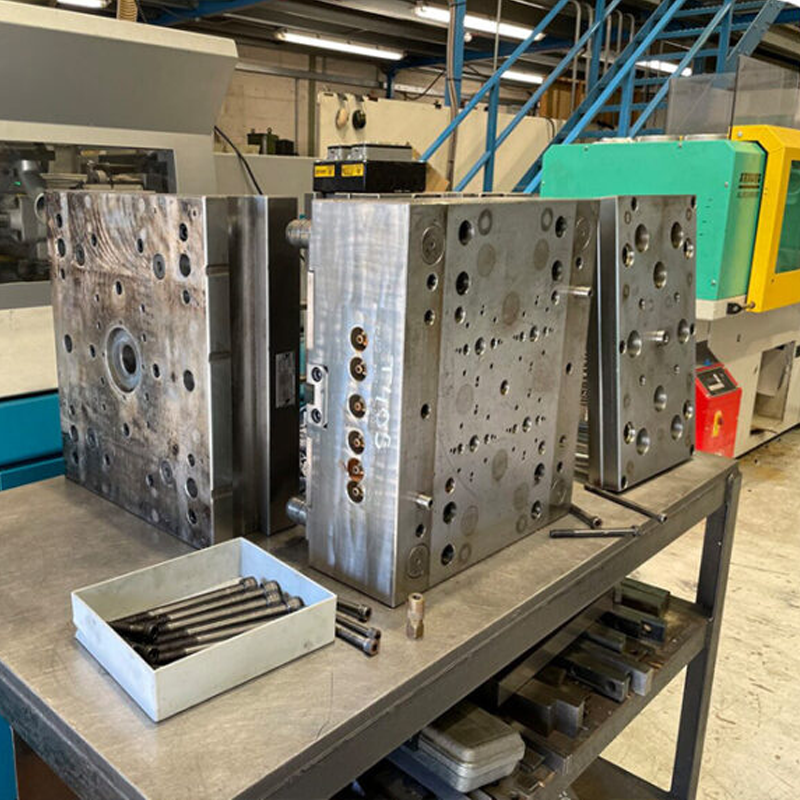Hello, everyone! This is Sunny from Toolingsun. Today, we’re diving into an essential aspect of plastic injection molding: the different types of injection mold tools available, and how each one can help you optimize your production process. Whether you’re a product designer, engineer, or business owner, selecting the right type of mold tool is crucial to achieving the perfect balance between cost, speed, and volume. Let’s explore the three primary types of injection molding tools—single cavity, multi cavity, and family tools—and how they align with different project requirements.
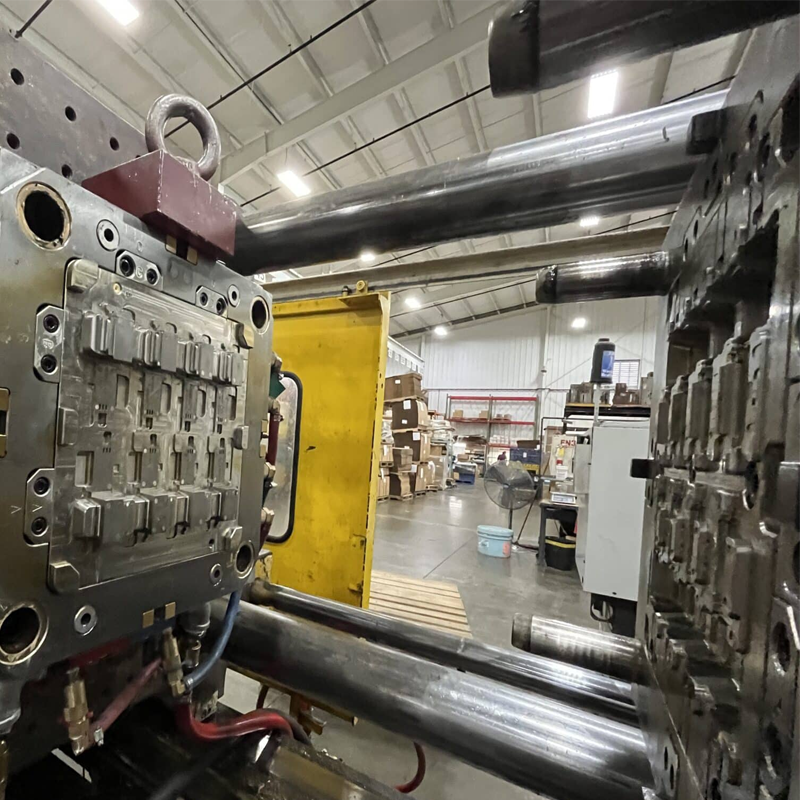
Single Cavity Injection Mold Tool: Ideal for Small Batches and Simple Designs
The single cavity mold is the most straightforward and commonly used tool in plastic injection molding. As the name suggests, this mold design has one cavity and one core, producing a single part per production cycle. It’s often the go-to choice for low-volume production runs or for prototypes where only one part is required at a time.
Advantages of Single Cavity Tools:
- Cost-Effective for Low Volumes: Single cavity molds are less expensive to manufacture, making them ideal for lower production volumes.
- Faster Manufacturing Time: Since the design is relatively simple, single cavity molds can be made quickly, reducing lead times.
- Easier Process Control: With fewer cavities, controlling the molding process becomes easier. The parameters are more stable and predictable, ensuring consistent part quality.
- Simple Design: Ideal for straightforward parts with basic geometries.
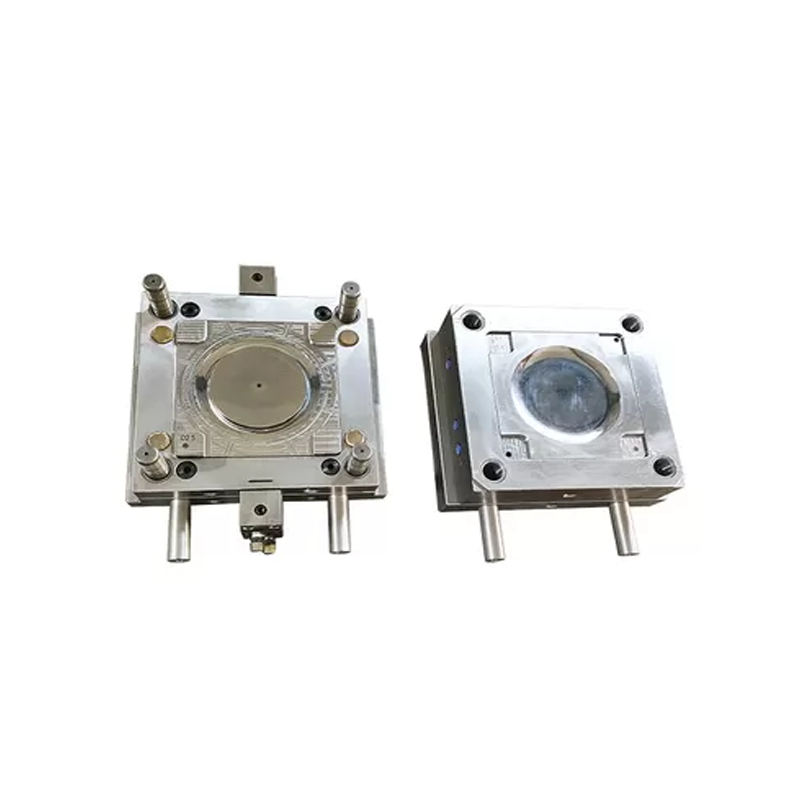
Drawbacks of Single Cavity Tools:
- Higher Cost Per Unit: While cheaper upfront, the per-unit cost of parts produced with single cavity molds tends to be higher due to slower production times.
- Slower Production Speeds: Producing a single part per cycle means it takes longer to produce the same quantity of parts compared to multi cavity molds.
Multi Cavity Injection Mold Tool: Efficient for High-Volume Production
Multi cavity molds are designed to produce multiple identical parts in a single production cycle. Typically, these molds feature two or more cavities and cores, and can be expanded to include dozens or even hundreds, depending on the machine’s capacity. This tool type is perfect for higher-volume production where cost-efficiency, speed, and consistency are paramount.
Advantages of Multi Cavity Tools:
- Increased Production Volume: The biggest advantage of multi cavity molds is the ability to produce several parts per cycle, making them ideal for mass production.
- Lower Cost Per Part: By producing multiple parts at once, the cost per piece decreases significantly compared to single cavity molds, especially for large production runs.
- Consistent Color and Quality: Because multiple parts are molded simultaneously, achieving consistent color and material properties across all parts is easier.
- Ideal for Standard Designs: Multi cavity tools are great for producing identical, high-quality parts in large quantities.
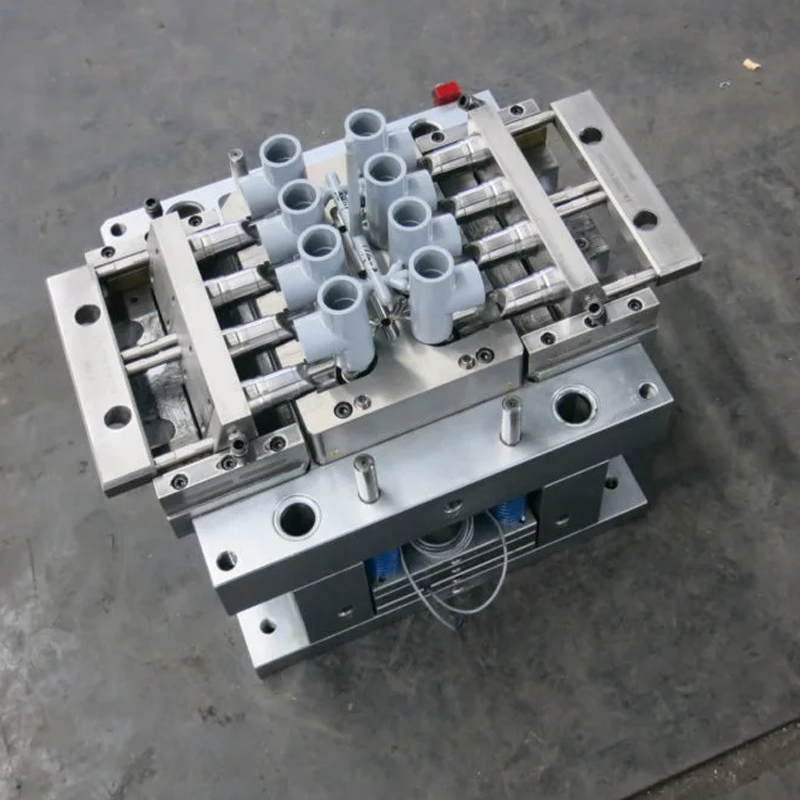
Drawbacks of Multi Cavity Tools:
- Longer Design and Build Times: Multi cavity molds require more complex design and manufacturing processes. More time and effort go into creating the tool, leading to higher initial costs.
- Higher Complexity: These molds often involve intricate gate and runner systems, which can add to both the design and production times. Additionally, they may require precise adjustments to cooling channels to ensure uniform part quality.
- Complex MoldFlow Analysis: Multi cavity molds demand careful analysis of the resin flow to ensure parts are properly formed without issues such as warping or uneven cooling.
Family Injection Mold Tool: For Complex Assemblies in One Cycle
Family molds are designed to produce multiple different parts within the same production cycle. Each cavity in the mold can be a different shape or size, which is ideal when you need to manufacture a variety of components that will later be assembled into a single product. Family tools are widely used in industries like household appliances, automotive, and consumer goods where uniformity and part integration are key.
Advantages of Family Tools:
- Streamlined Production for Assemblies: The primary reason for choosing family molds is efficiency. They allow designers to produce several components of a product in one cycle, reducing the number of separate operations needed to assemble a product.
- Color and Material Uniformity: By producing all parts together in the same cycle, family molds ensure that all components have a consistent appearance, making them ideal for products that require matching colors or materials.
- Reduced Lead Time: Family molds reduce the overall lead time for producing a product, as all components are created simultaneously.
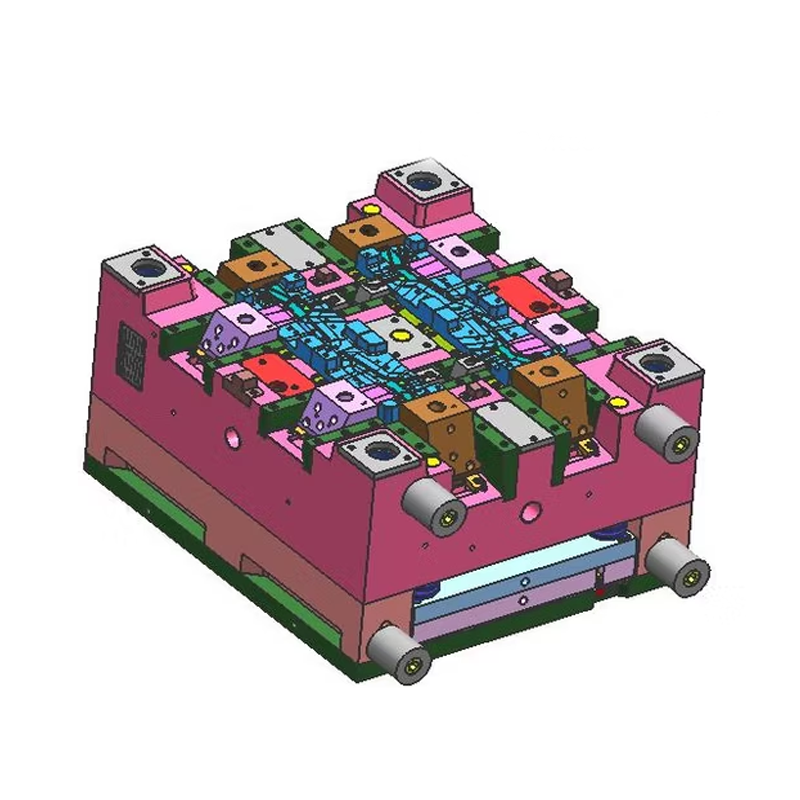
Drawbacks of Family Tools:
- Design Complexity: Family molds require careful planning and a more sophisticated tool design. The different sizes and shapes of cavities must be balanced to ensure uniform material flow and consistent part quality.
- Higher Initial Costs: Due to the complexity of the design and the need for precision, family tools are typically more expensive and time-consuming to manufacture.
- Risk of Uneven Pressures: With multiple different parts being produced at once, it’s critical to balance the pressures within the tool to avoid defects like warping or sink marks. Special gates, runners, and cooling channels are required to manage this.
Understanding Cycle Times and Their Impact on Mold Selection
Cycle time is a critical factor in injection molding. It directly impacts the production speed and the cost per part. The faster the cycle time, the more parts can be produced in a given period, which is essential for high-volume manufacturing. In contrast, slower cycle times may be acceptable for lower-volume runs where part quality is the top priority.
For high-volume production, decreasing cycle times is essential to maintain competitiveness. However, to achieve these faster cycle times, there may be a need to invest in high-quality tool steels, multi-cavity molds, and enhanced surface coatings. These investments are typically only justified if the production volume is large enough to offset the initial costs.
Conclusion: Choosing the Right Tool for Your Project
The type of injection mold tool you choose will significantly affect your production efficiency, costs, and the quality of the finished parts. At Toolingsun, we understand the nuances of selecting the best mold tool for your specific project requirements. Whether you need the simplicity of a single cavity tool for a low-volume run, the efficiency of a multi cavity tool for large-scale production, or the versatility of a family mold for complex assemblies, we are here to help you navigate your options and ensure the best results.
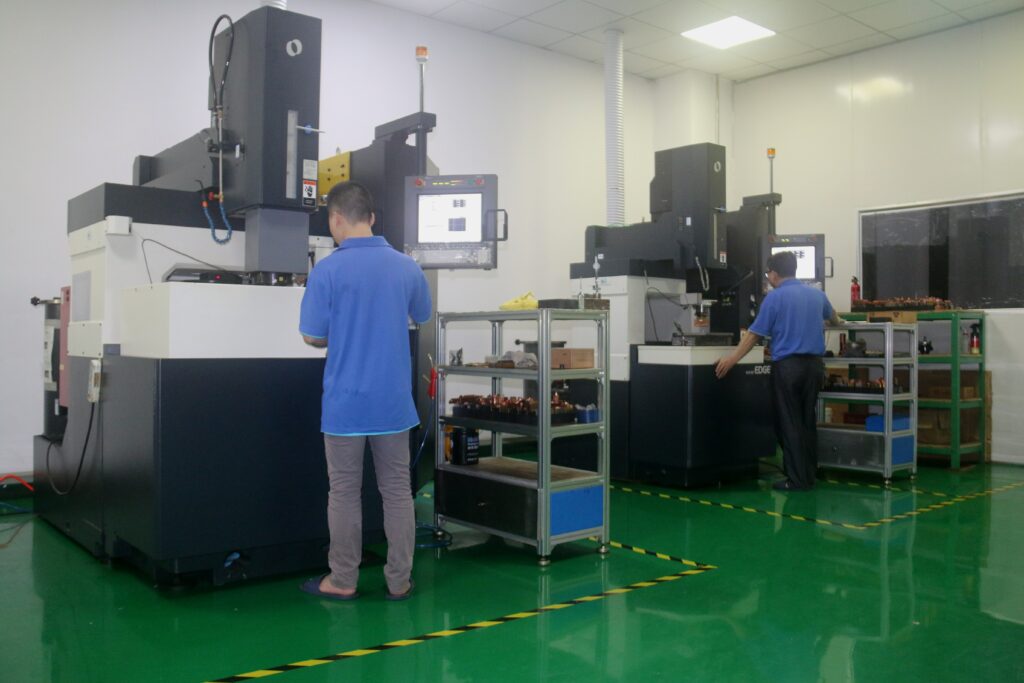
If you’re unsure which mold design is right for your project or you want to discuss your production goals in more detail, feel free to reach out to us at Toolingsun. Our team of experts is here to guide you through the selection process and provide tailored solutions for your molding needs. Contact us today to get started on the path to efficient, high-quality production!

